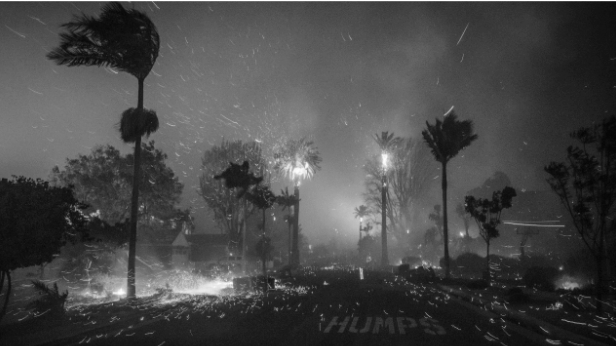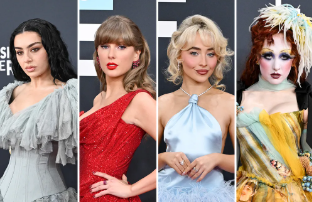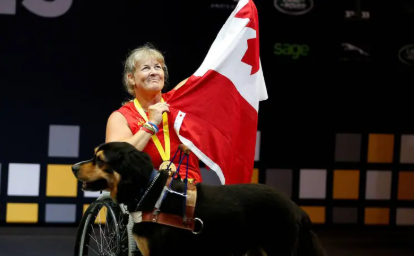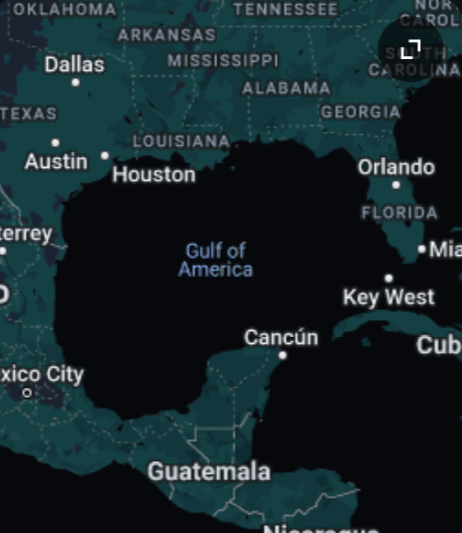How students use anatomy in daily life; Using model wounds to demonstrate integumentary unit
December 14, 2021
In Anatomy and Physiology with Mrs. Kimberly Harris’ students have been working on the integumentary system unit and more specifically focusing on the healing process of burns, cuts and abrasions.
A project designed by Harris allowed for students to recreate these types of wounds and describe how the healing process would occur. They demonstrated this on fellow classmates using: “Petroleum Jelly, Hershey’s Cocoa Powder, red food coloring, very thin toilet paper, and optional yellow gelatin.” Said Harris.
According to sophomore Mason Adelhart, the toilet paper helps create the appearance of the laceration seeming deep. The petroleum jelly mixed with the red food coloring created the bloody effect. The Hershey’s Cocoa Powder created a scabbing effect on the outer edge of the cut and the optional j-ello could be used for puss.
In terms of how the project fit into the unit, Harris states “They did a lot of learning in the integumentary system. We did a tissue box and they learned all of the anatomy of it and how it functions so this fit right in and added a little bit of fun. We were a little bit behind schedule this year but it was supposed to fit in with Halloween.”
Harris believes models like these could be seen as an opportunity for students taking a weighted course to receive a break from all of the hard work but still following the unit and keeping the activity educational.
In order to take the anatomy and physiology class it is required that you have a biology credit so this class is usually recommended for 10, 11, and 12 graders. “Students should know going into the class that there are a lot of dissections and abrasions so for the weak stomached this class is not suggested. In dissecting other animals which are very similar to us students develop a better understanding of the human species,” states sophomore student Mason Barker. “With doing the actual dissections they can take what they learn in a book and see it in real life and organisms.” Harris commented.
Harris claims that all of her students love to do all kinds of hands-on activities and that it was very difficult over virtual learning considering that her students couldn’t do such things.
In anatomy, Harris says that “my purpose is to give them a kind of step stool; everyone who is taking anatomy is generally trying to take it in college because they want to enter the medical field and I want to help them get a basic level of understanding.”
















